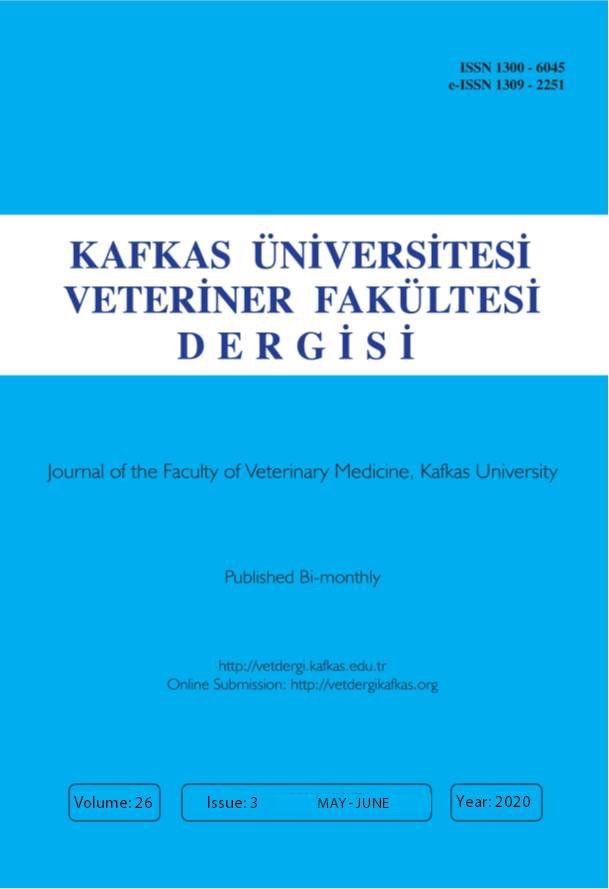
This journal is licensed under a Creative Commons Attribution-NonCommercial 4.0 International License
Kafkas Üniversitesi Veteriner Fakültesi Dergisi
2020 , Vol 26 , Issue 3
Low-field Magnetic Resonance Imaging of Changes Accompanying Slipped Capital Femoral Epiphysis in a Cat
1Department Surgery and Radiology, Faculty of Veterinary Medicine, University of Warmia and Mazury in Olsztyn, Oczapowskiego 14, 10‑957 Olsztyn, POLAND
DOI :
10.9775/kvfd.2019.23330
A one-year-old neutered Maine Coon cat was admitted to the clinic with sudden onset of lameness in the right pelvic leg persisting for around
2 days. A clinical examination revealed lack of weight bearing on the right pelvic limb, minor bilateral atrophy of gluteal muscles and acute
pain upon palpation of the right hip joint. Radiographs taken in the dorsoventral projection revealed a large radiolucent area in the proximal
femoral epiphysis, surface remodeling of the femoral head and subcartilaginous sclerotization in the right pelvic limb, which were indicative of
slipped capital femoral epiphysis. Radiolucent foci on the femoral head was observed in the left pelvic limb. The patient was examined in the
Esaote Vet-MRI Grande scanner (0.25 T). The scans revealed complete separation of the femoral head, the presence of a hematoma and bone
marrow edema in the right limb, as well as widening of the growth plate, bone marrow edema and the presence of a subcartilaginous cyst in the
left limb. Resection arthroplasty of the right femoral head was performed, and the slipped femoral head was subjected to a histopathological
examination. The aim of this study was to evaluate the use of low-field MRI for diagnosing slipped capital femoral epiphysis.
Keywords :
Cat, Slipped capital femoral epiphysis, Hip joint, Magnetic resonance imaging, SCFE










